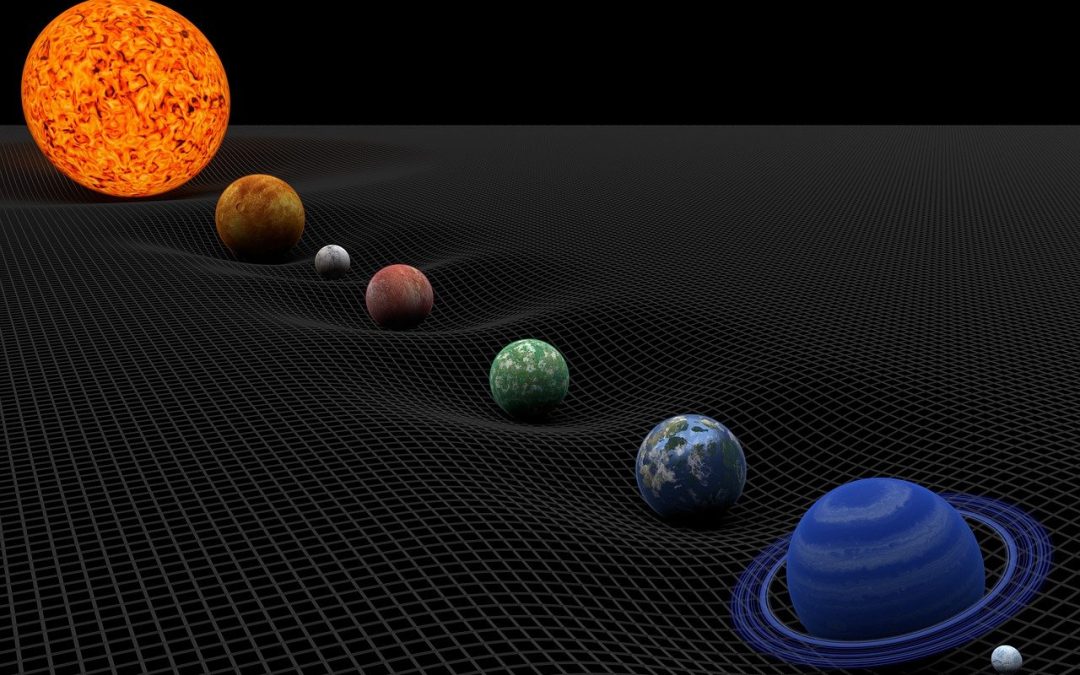 Unveiling the Enigmatic Phenomenon of Black Hole Singularities
Unveiling the Enigmatic Phenomenon of Black Hole Singularities
Black holes have fascinated scientists and the general public alike for decades. These mysterious cosmic entities, with their immense gravitational pull, have been the subject of numerous studies and theories. Among the most intriguing aspects of black holes is the enigmatic phenomenon known as the singularity.
A black hole singularity is a point within a black hole where matter is believed to be infinitely dense and compressed into an infinitely small space. It is a region where the laws of physics, as we currently understand them, break down. The singularity is hidden from direct observation by the event horizon, the boundary beyond which nothing can escape the gravitational pull of the black hole.
The concept of a singularity was first proposed by physicist John Michell in 1783, but it was not until the early 20th century that Albert Einstein’s theory of general relativity provided a mathematical framework to describe these phenomena. According to general relativity, the gravitational force of a black hole is so strong that it warps space and time, creating a region of extreme curvature.
Inside this region, matter and energy become infinitely compressed, leading to the formation of a singularity. At the singularity, the laws of physics as we know them cease to be valid, making it impossible to predict what happens beyond this point. It is a realm where our current understanding of the universe reaches its limits.
The existence of singularities raises profound questions about the nature of space, time, and the fundamental laws of physics. They challenge our understanding of the universe and force us to reconsider our current theories. Scientists have been striving to reconcile general relativity with quantum mechanics, which governs the behavior of matter and energy at the smallest scales, in order to better understand what happens at the singularity.
One proposed solution to this enigma is the theory of quantum gravity, which seeks to unify general relativity and quantum mechanics. Quantum gravity suggests that at the singularity, the laws of quantum mechanics take over, preventing matter from being infinitely compressed. Instead, it is believed that a new phase of the universe may emerge, leading to a bounce or a transition to a different state.
Another intriguing possibility is the existence of a firewall, a hypothetical region of intense energy near the event horizon that would destroy anything falling into the black hole. This idea challenges the traditional notion of black holes as cosmic vacuums and suggests that the singularity may not be a point of infinite density after all.
Despite the progress made in understanding black holes and their singularities, much remains unknown. The extreme conditions inside black holes make them difficult to study directly, and our current observational techniques are limited. However, advancements in technology, such as gravitational wave detectors and space telescopes, have opened up new avenues for exploration.
In recent years, scientists have made significant breakthroughs in our understanding of black holes. The first-ever image of a black hole’s event horizon was captured in 2019, providing visual evidence of these enigmatic objects. This milestone has paved the way for further investigations into the nature of black holes and their singularities.
Unveiling the enigmatic phenomenon of black hole singularities remains one of the greatest challenges in modern physics. It requires pushing the boundaries of our knowledge and developing new theories that can explain the mysteries hidden within these cosmic entities. As scientists continue to explore the depths of space, we can only anticipate that further discoveries will shed light on this captivating aspect of the universe.
